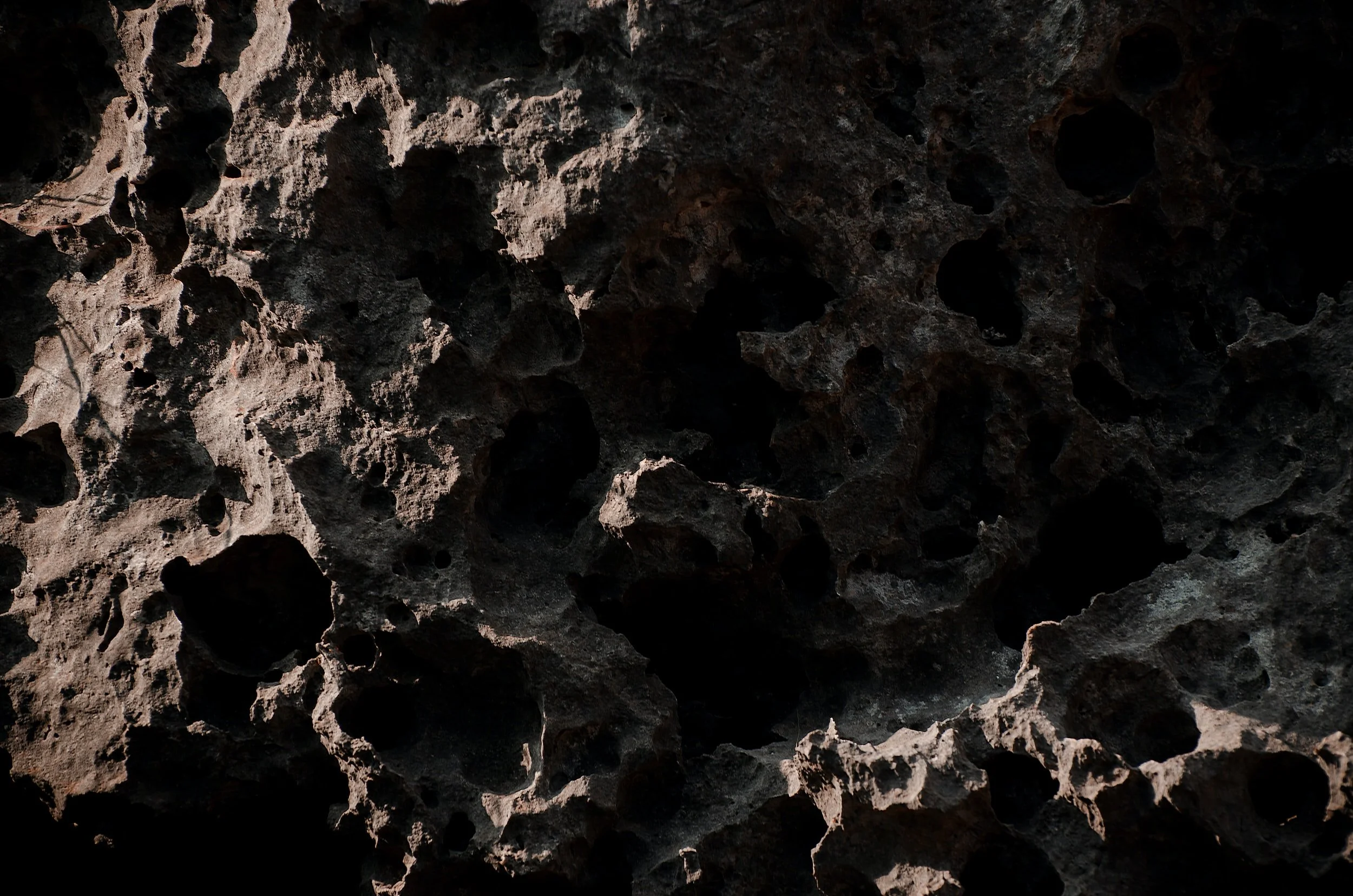ISS Retirement
The International Space Station has been a home for astronauts. It took astronomical scientists 46 launches to get the station to orbit.
Different regulatory bodies facilitated its launch. They're NASA, JAXA, ESA, CSA, Roscosmos. They all oversaw the release of the ISS. It costs these bodies over 150 million USD to complete this project. The ISS has been orbiting the planet for over 20 years, ever since its first compartment was launched in 1998. Astronauts say the ISS laboratory is as vast as a football pitch and weighs as much as a six-bedroom building. The ISS is a joint multinational project in which high-economic countries agreed to contribute. The partnership was between the United States, Japan, Russia, Canada, and other nations part of the European Space Agency.
However, researchers believe the welfare of the ISS could be threatened. They foresee a relatively early retirement for the Astro-home. However, this artificial satellite may be under threat for early retirement. Scientists at NASA say the astronaut hub wasn't built for a long-term effect. Certain traditional factors may hinder its longevity. Among the factors mentioned were space debris effects. Could the space station be facing an early retirement?
The inspector general of NASA has predicted a retirement on or before 2030.
Reason for the early retirement: NASA astronauts and cosmonauts say the cost of maintaining the ISS is expensive. Over the years, the ISS has seen structural dilapidation. It costs over 3 billion USD a year to maintain and brand the ISS with new facilities. NASA feels the ISS has served its purpose and has been a monumental structure throughout these years. It, however, says leaks and cracks mainly cause the retirement of ISS. The humans inhabiting the station might be at risk.
The fate of the ISS
Amidst the retirement plans, NASA has begun to build artificial satellites that may replace the ISS. Hopefully, the operational stations will be launched in 2028. The reason behind the stipulated date is to provide an appropriate handover gap between the two space hubs. The handover came unprecedentedly. NASA is hopeful that the handover is beneficial for the ISS. It says the ISS would entirely stop operations by 2024, but they believe it can hover around till 2030. Officials are skeptical about the ISS proposed lifespan decision. The last time an artificial satellite self-destructed was in Australia. It left numerous metallic fragments in the atmosphere though no lives were lost. If the ISS gets brittle and breaks down, it can be disastrous. It could pose worse harm compared to other smaller satellites. The ISS is a voluminous space laboratory. Its impact on earth won't be like space debris, but they can't assure individuals that properties wouldn't be set ablaze.
On a lighter note, NASA has inked an agreement with 3 US-based companies to produce designs for other space stations. So that human interaction in space won't be impeded. The companies are Blue Origin for their Orbital Reef space station design, receiving $130 million, Nanoracks LLC, for $160 million, Northrop Grumman Systems Corporation for $125.6 million.







